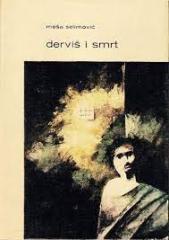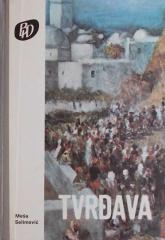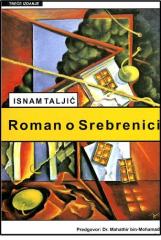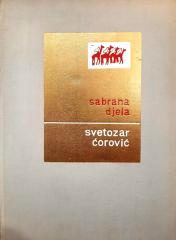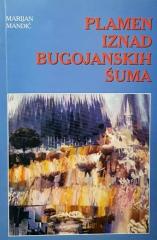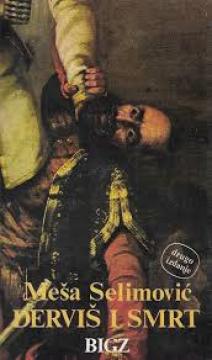
Derviš i smrt
„Derviš i smrt (1966.) je poetsko-psihološki roman, smješten u 18. stoljeće u bosanskoj kasabi pod Osmanlijama. Narator, derviš Ahmed Nurudin, šeik mevlevijske tekije, piše ispovijest pred smrt, tražeći smisao života kroz introspekciju.
Podijeljen na dva dijela s 16 poglavlja, svako s citatom iz Kur'ana, simbolizirajući ciklus života i smrti. U prvom dijelu, Ahmed, izoliran u tekiji vjere u pravdu, saznaje da je brat Harun, pisar kadije, zatvoren zbog otkrivanja korupcije. Izađe u svijet haosa: korupcije, izdaje i moći. Posjeti dobrotvora Aliju Džanića, čiji zet kadija Ajni-efendija izdao nalog. Pregovara s Hasanom, Džanićevim sinom, o odricanju imovine za Harunovo oslobođanje.
U vrtu tekije svjedoči bijegu Ishaka, simbola pobune, koga skriva, ali razmišlja o izdaji. Susreće oca i načelnika bez uspjeha. Hasan otkriva Harunove tajne dokumente. Ahmed moli kadiju, ali dobiva otpor. Upozoren od neznanca, čuje od Hafiza Muhameda da je Harun mrtav tri dana. U džamiji drži govor, zatim ga pretuku i odvedu u tamnicu gdje halucinira o Harunovoj patnji. Nakon deset dana pušten, promijenjen.
U drugom dijelu, kroz sjećanja: mladost u vojsci, prijateljstvo s Jusufom čiju majku ubili vojnici, prva ljubav prekinuta, vodeći ga u dervištvo. Shvaća da je Jusuf izdao Haruna za nagradu; Jusuf se kaje i pokušava samoubojstvo. Ahmed hrani zatvorenike, sahranjujući brata, i piše o Hasanovoj nesretnoj ljubavi.
Jedan primjerak je u ponudi
